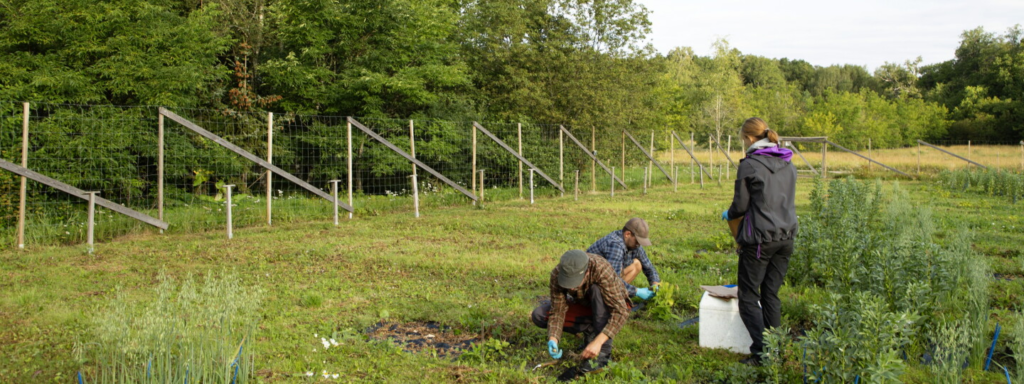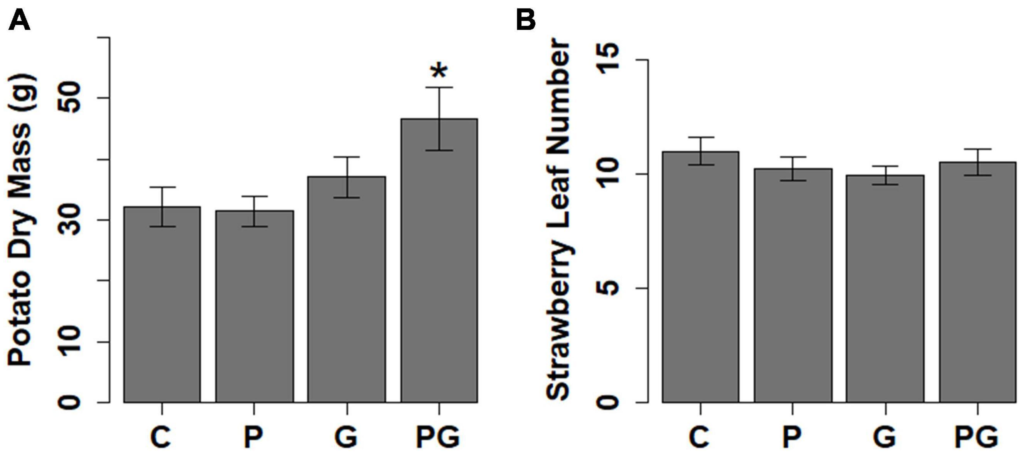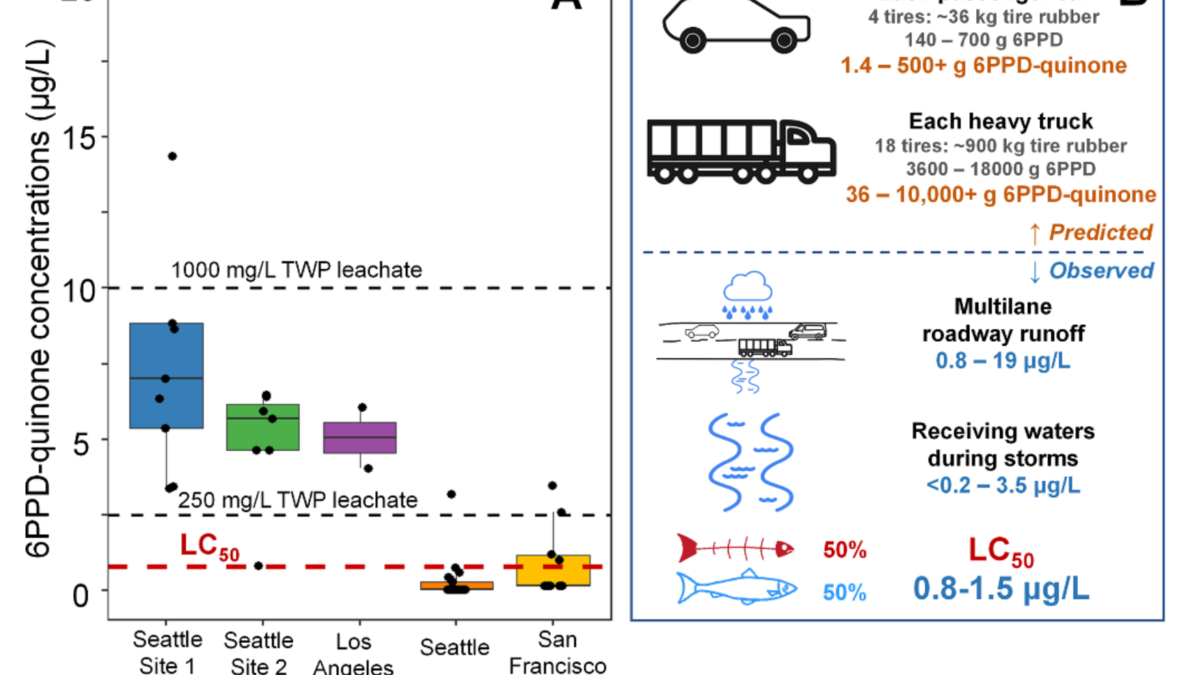Glyphosate herbicide residues in soil affect hormone levels in crop plants – “Ubiquitous herbicide residues have multifaceted consequences by modulating the hormonal equilibrium of plants”

14 February 2022 (University of Turku) – A new study finds that glyphosate residues in soil affect phytohormones in aboveground plant parts. Academy of Finland funded postdoctoral researcher Dr. Benjamin Fuchs investigates the effects of herbicide residues in soil on plant physiology and chemical ecology of plant-insect interactions.
Glyphosate-based herbicides are commonly used to kill weeds before crops are sown on agricultural field. It was assumed that glyphosate degrades quickly in the soil with none to negligible effects on the crop plants. However, herbicide residues are increasingly found in soils with agricultural history, globally, while at the same time soil health and plant resilience decreases.
The researchers conducted an experiment where they tested the effects of soil-borne glyphosate-based herbicides on plant hormone – phytohormone – levels of three important crop species, oat, potato and strawberry. Plant hormones are small molecules with essential signaling function in the plant, regulating in particular plant growth, flowering, senescence and responses to stressors such as drought, damage or pathogen infection. Furthermore, plant hormones are involved in fine-tuning the plant responses to feeding by herbivores, in particular the production of compounds, which help the plants to repel herbivores in order to minimize the damage.
Glyphosate inhibits a specific enzyme in the shikimate pathway, which is needed for the biosynthesis of essential aromatic amino acids in plants. The analyses of plant samples for a variety of phytohormones – in collaboration with researcher from the Czech Academy of Science – revealed that oat plants growing in soil, which contained minimal concentrations of glyphosate residues, showed decreased levels of phytohormones deriving from either one of those aromatic amino acids targeted by glyphosate. Surprisingly, this co-occurred with lower plant damage by herbivores, indicating an increase in plant resistance traits.

These results, published in the Journal Frontiers in Plant Science, demonstrate the hidden impact of ubiquitous agrochemical residues on phytohormones and plant-herbivore interactions. At the scale of agricultural fields, these effects may affect insect biodiversity pattern and affect insect biodiversity in agricultural environments, as highlighted by Dr. Fuchs and colleagues in a recent opinion article, published in the Journal Trends in Plant Science.
In contrast to oat, potato plants responded to herbicide residues in soil by elevating stress-related phytohormones and an increased plant growth, while strawberry plants were largely not responding to herbicide residues in soil, which shows how plant species-specific the responses to glyphosate residues in soil can be.
This study is a first indicator that herbicide residues in soil can interfere with biochemical plant processes, which determine the plants responses to their biotic and abiotic environment.
“At the scale of large farmlands, these changes can determine not only the plants relation to herbivores, but further might change the relation to beneficial insects such as predatory or pollinating insects, which is likely to affect essential ecosystem services,” states Dr. Benjamin Fuchs.
Herbicide residues in soil affect hormone levels in crop plants

A Glyphosate-Based Herbicide in Soil Differentially Affects Hormonal Homeostasis and Performance of Non-target Crop Plants
ABSTRACT: Glyphosate is the most widely used herbicide with a yearly increase in global application. Recent studies report glyphosate residues from diverse habitats globally where the effect on non-target plants are still to be explored. Glyphosate disrupts the shikimate pathway which is the basis for several plant metabolites. The central role of phytohormones in regulating plant growth and responses to abiotic and biotic environment has been ignored in studies examining the effects of glyphosate residues on plant performance and trophic interactions. We studied interactive effects of glyphosate-based herbicide (GBH) residues and phosphate fertilizer in soil on the content of main phytohormones, their precursors and metabolites, as well as on plant performance and herbivore damage, in three plant species, oat (Avena sativa), potato (Solanum tuberosum), and strawberry (Fragaria x ananassa). Plant hormonal responses to GBH residues were highly species-specific. Potato responded to GBH soil treatment with an increase in stress-related phytohormones abscisic acid (ABA), indole-3-acetic acid (IAA), and jasmonic acid (JA) but a decrease in cytokinin (CK) ribosides and cytokinin-O-glycosides. GBH residues in combination with phosphate in soil increased aboveground biomass of potato plants and the concentration of the auxin phenylacetic acid (PAA) but decreased phaseic acid and cytokinin ribosides (CKR) and O-glycosides. Chorismate-derived compounds [IAA, PAA and benzoic acid (BzA)] as well as herbivore damage decreased in oat, when growing in GBH-treated soil but concentrations of the cytokinin dihydrozeatin (DZ) and CKR increased. In strawberry plants, phosphate treatment was associated with an elevation of auxin (IAA) and the CK trans-zeatin (tZ), while decreasing concentrations of the auxin PAA and CK DZ was observed in the case of GBH treatment. Our results demonstrate that ubiquitous herbicide residues have multifaceted consequences by modulating the hormonal equilibrium of plants, which can have cascading effects on trophic interactions.


